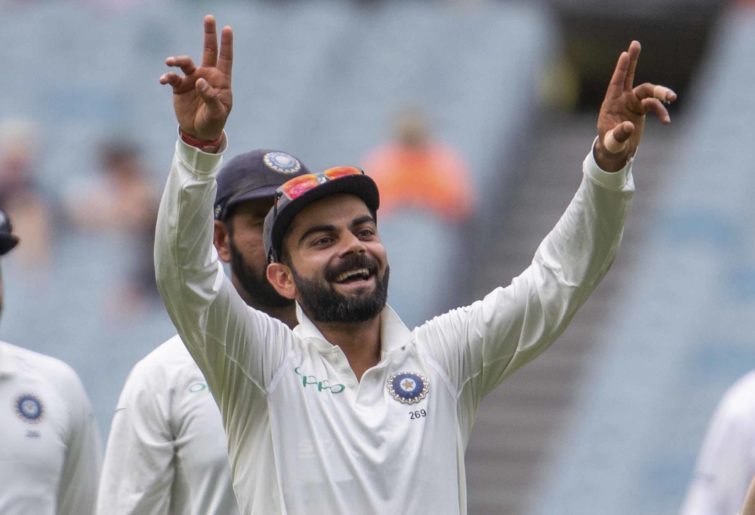World Cup chances up in the air but Smith makes Major call on T20 future, Green dumped despite huge IPL deal
Test great Steve Smith is to play for Washington Freedom in the second season of Major League Cricket as the Australian influence in the…
Australia and India will reconvene for the first of five critical ODI matches this Saturday, bringing to an end their interminable separation, which now stands at just over a month.
The hiatus for the twin superpowers conflicts with recent times where both have become mainstays in each other’s backyards, thanks chiefly to an obscure quirk of the ICC calendar.
This sees both scheduled to horde global revenue to the detriment of remaining nations, and to expose Australia’s demise to higher audiences.
The two nations have plunged into deep separation anxiety over previous days as their time apart swells to crisis levels, with the last recorded meeting now coming all the way back in January 2019.
Headquarters of both organisations have displayed workplace safety warnings, with signs declaring 37 days and 65,983 forfeited advertising slots without a T20 of no essence.
Distraught administrators have also resorted to declaring national emergencies, forcing the poverty measure of playing other teams who aren’t England.
But with Australia set to be predictably destroyed by India for the third time in six weeks purely for subscription television content, the pain is almost over for these two uber-wealthy and invulnerable cricketing powerhouses.
Australia and India have shared a rich history of competition in contemporary times – the pair have squared-off approximately 68 times across 18 series this decade – with some of it even consequential.
They last competed on Australian shores this summer, with two superfluous short-form series unfortunately interrupted by the subcontinent juggernaut’s historical Test triumph.

India’s captain Virat Kohli will be reunited with Australia at last. (AP Photo/Asanka Brendon Ratnayake)
Their bilateral arrangement is notorious for benefitting both parties in various forms, with India averse to decelerating revenue streams, and Australia to meeting their obligations with Bangladesh.
The alliance was struck in the aftermath of international cricket’s amateurish 1980s, with both nations pledging to avoid another disastrously un-monetised era by handing control of the game to its most valued stakeholders, the corporates.
This was underpinned by a guarantee of routine context-free cricket, with no limit to comical trophy design, novelty cheques and assurances from administrators it’s “a massive series”.
Saturday’s meeting will be no different, with the hosts looking to bed down muscle memory and Australia to cap World Cup preparations by destroying its last skerrick of confidence.
Despite their regular pooling of schedule space, both nations have conceded “there could possibly be other nations who play cricket”.
However, they maintain the game’s crammed calendar means there is limited room to play countries with an eighth of India’s GDP, and that any reduction in profitability caused by playing New Zealand would need to be recouped by increasing junior participation fees.
In light of this, the corporate bedfellows are in discussion to “tighten up their cycle” to avoid the catastrophe of playing anyone else in future, with a joint submission to be lodged for their own window in the international calendar covering approximately 13 months.